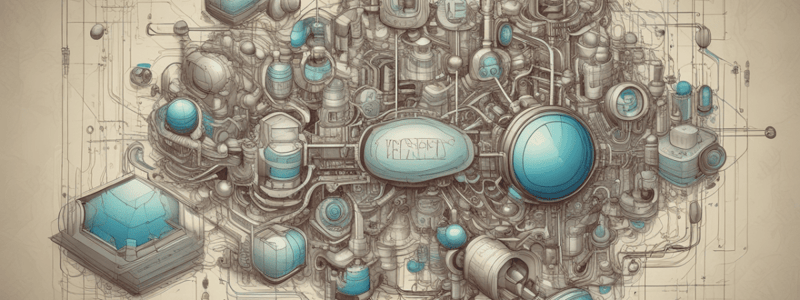Podcast
Questions and Answers
What is the primary difference between standard sequence diagrams and system sequence diagrams?
What is the primary difference between standard sequence diagrams and system sequence diagrams?
- The number of interacting entities
- The focus on specific use cases (correct)
- The level of detail in the timeline
- The level of abstraction
What do use case diagrams primarily depict?
What do use case diagrams primarily depict?
- The sequence of events in a specific scenario
- The user's interactions with the system (correct)
- The internal workings of a system
- The interactions between different system components
What is the main advantage of system sequence diagrams over standard sequence diagrams?
What is the main advantage of system sequence diagrams over standard sequence diagrams?
- They provide a more general overview of the system
- They are more detailed and specific to particular use cases (correct)
- They are easier to create and understand
- They are more applicable to complex systems
What is the relationship between system sequence diagrams and use case diagrams?
What is the relationship between system sequence diagrams and use case diagrams?
What is a common use case for system sequence diagrams?
What is a common use case for system sequence diagrams?
Flashcards are hidden until you start studying
Study Notes
Sequence Diagrams vs. System Sequence Diagrams
- Standard sequence diagrams illustrate the progression of events over a certain amount of time
- System sequence diagrams present sequences for specific use cases
Use Case Diagrams
- Use case diagrams represent a user's interaction with the system
Studying That Suits You
Use AI to generate personalized quizzes and flashcards to suit your learning preferences.




